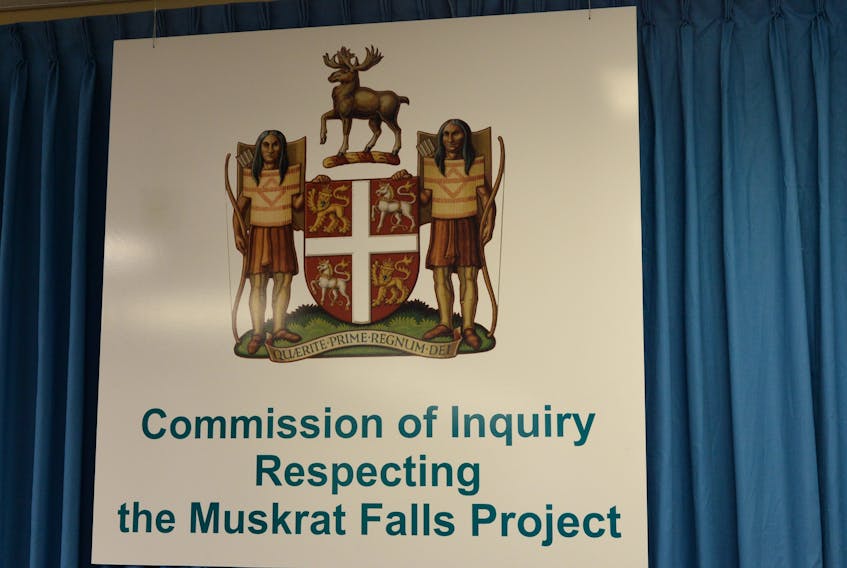I expect that few readers will recall that it was some 30 plus years ago that John Crosbie convinced the deputy prime minister to come to Placentia to meet with concerned citizens about Ottawa’s plan to dismantle the three-radar site vessel traffic regulating system in Placentia Bay (a radar monitoring system had been put in place about 10 years earlier, in part because an earlier royal commission had identified Placentia Bay as “the mostly likely place in Canada for a major oil spill.”)
By 1984 however, Placentia Bay was ranked lower on the marine risk scale, based largely on a $1-million National Vessel Traffic Services (VTS) Study, the results of which were intended to serve as the basis for Coast Guard’s new VTS multimillion-dollar capital investment strategy/plan.
The study relied heavily on a top-down, linear methodology that used a complex mathematical formula influenced largely by flawed navigational risk assumptions and risk factors that were disproportionately weighted and which effectively neutered the real, highly significant navigational risk factors predominant in Placentia Bay (poor visibility due to dense fog, frequent storms, high winds, hundreds of small islands and shoals, a diverse traffic mix of super tankers and small fishing vessels, etc.).
The study methodology relied heavily on the number of vessel traffic “movements” as the “basic measure of risk.” The methodology also favoured linear traffic-flow patterns/movements, like those on the St. Lawrence River. Factors (formula inputs) that favoured areas with linear traffic flows were often sub-divided (more input factors) and heavily/disproportionately weighted.
Accordingly, the study spat out a risk ranking (not just between two sites or two options) but which ranked 40 Canadian marine navigational risk areas from the highest to the lowest. And just like that, Placentia Bay went from being the “most likely place in Canada for a major oil spill” to being ranked second last in the country for navigational risk.
So here we are, some 30 plus years later.
We now have Nalcor’s Muskrat Falls/Isolated Island, two-option, “least-cost” project ranking.
We have already heard inquiry testimony that Nalcor did not use an “integrated resource management” (IRP) planning approach/methodology to conduct its options selection/analyses/reviews.
But what most readers do not know is that in 1984, John Crosbie got the deputy prime minister to meet with Placentia Bay citizens because Coast Guard’s N.L. Regional Office had conducted an in-depth review and analysis of Ottawa’s National VTS Study methodology and exposed its major flaws.
Now, back to Nalcor’s Muskrat Falls options selection/planning approach.
Not unlike the National VTS Study, Nalcor’s planning approach/methodology was essentially linear, single focused, with little or no prior public consultations about the vast array of possible options.
It, too, used a complex mathematical (computer) formula that spits out the cumulative present worth cost comparison rankings (but only for two options, both of which were crafted, modified and designed by Nalcor).
Factors were developed, modified and weighted, and under consultant supervision to ensure the “right” inputs into what was now a 21st century computer version of Ottawa’s basically non-integrated, complex mathematical 1984 formula (Strategist program), out popped the conclusion that energy generation on the island was no longer the “least-cost” option.
In 1984, Coast Guard’s N.L. Region took the position that Ottawa’s methodology was not a “rational planning approach.” In other words, it was not an “integrated planning approach” (slightly different words from the Leblanc inquiry’s Integrated Resource Planning approach), but the planning principles were then, and are now, virtually identical (see infographics at www.vision2041.com, DEMAND page).
The Muskrat Falls inquiry requires, in part, that Leblanc determine what was “reasonable” and what was “knowable at the time.”
I would suggest that as far back as 1984 the principles that underlay Integrated Resource Planning existed and were espoused in the N.L. Region’s Coast Guard “rational project planning” philosophy. They are not new. The two are virtually identical. They were in use at the time. They were knowable at the time.
Accordingly, I would submit that it was not reasonable for the government of the day and Nalcor to use a 20th-century linear planning approach, limited-options analyses, 50-year forecasts, escalating supply price assumptions and both cumulative present worth cost comparisons and cost of service methods to determine and meet the island’s energy needs.
What is missing here is an independent, in-depth and expert review of Nalcor’s planning methodology, including what assumptions, what factors, what values, what weights, etc. went into its strategist program — and why.
The more things change.......
Maurice E. Adams
Paradise
Related story:
Movement of information becomes issue at Muskrat Falls Inquiry









